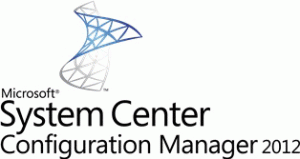 The second blog in the series about the features of Configuration Manager 2012 is about the new application model and the new software center which enables the user centricity promise of Configuration Manager 2012.
The second blog in the series about the features of Configuration Manager 2012 is about the new application model and the new software center which enables the user centricity promise of Configuration Manager 2012.
The new Application Model
The new Application Model which is built around the User Centricity concept and fully supports application uninstall, application supersedence and on demand application installation. An application can consist of several deployment types, for instance the application Acrobat Reader 8.12 can have deployment types for MSI, App-V, Windows Mobile or a script like shown below. In this case each deployment type represents a different way of deploying the application.
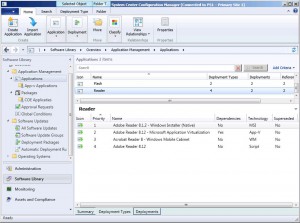
- The MSI deployment type can be used on all you desktops and laptops
- The App-v deployment type can be used in for instance a SBC environment
- The Windows Mobile deployment type can be used for your Windows Mobiles clients
- The Scripts deployment type can be used for customized deployments via Powershell scrip, VB Script or Java Script.
For Nokia phones you can also deploy and manage SIS/JAR files. Together with the Deployment Types, Global Conditions, Requirements, Detection Methods and Dependencies you are able to deploy an application to a user of device.
Global Conditions are used to specify how applications are available for en deployed to client devices, they represent technical or business conditions. A global condition can be the following;
- “Total physical memory” for a Windows Device.
- Is registry key “HKEY_LOCAL_MACHINESystemCorpDevice” available, yes or no.
With requirements you are able to specify the minimum requirements for devices to install the deployment type. A global condition can be added to requirements. Configuration Manager 2012 checks all requirements before deploying the application.
Detection Methods are used to determine whether the deployment type is already present on the device. This detection method can be a MSI guid, file (version), folder or script.
Dependencies are used to allow you to install a depended application or check if the application is in place. Packages and programs cannot be a dependency of an application.
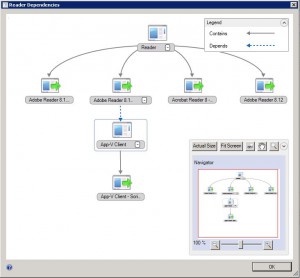
With application supersedence allows you to replace or upgrade an application by another one. This is done by creating relations on application level.
Besides uninstall support of applications, you are also able to manage revisions and for instance roll back to an earlier version of the application.
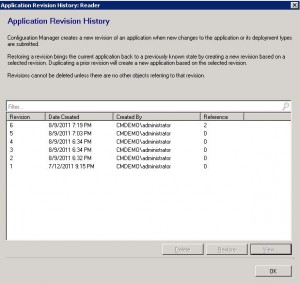
The Software Library workspace in the Configuration Manager console is the place where you can find all the legacy Packages and Applications which you can deploy with Configuration Manager 2012. The Legacy Packages and programs are still supported in Configuration Manager 2012.
Software Center and Software catalog
This feature is the frontend for the user. The Software Center is a client side application from where the user can install or request new software. To be able to request and install software you will be redirected to the Software Catalog, a Silverlight webpage. Depending of the deployment rules and requirements the user receives the right application for the Operating System where the user is working from. With the Software Center the user is able to search for, request, install, repair or remove applications available in Configuration Manager 2012.
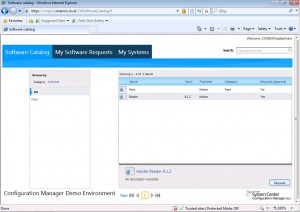
The user is able to configure for instance their working hours in the Software Center, so that the Software Updates are not installed during these business hours. Users can also view their software request history or configure when Configuration Manager can install software on their devices.
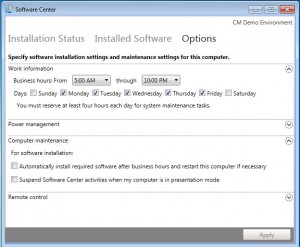
If remote control is enabled by the administrator, the user can configure access settings for the remote control.

The next subjects in the serie of blogs about the feuatures of Confuiguration Manager 2012 will be a suprise 😉


